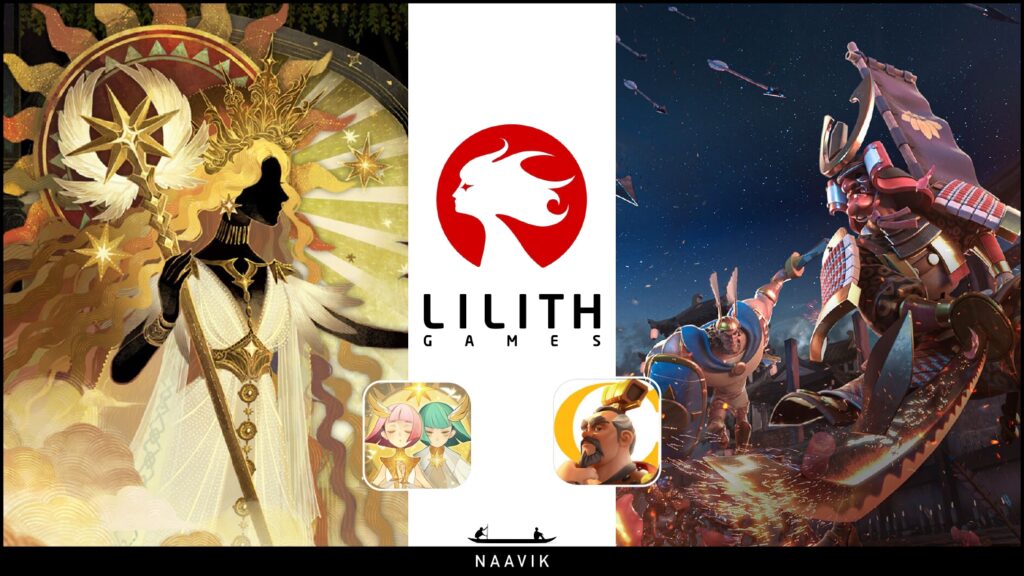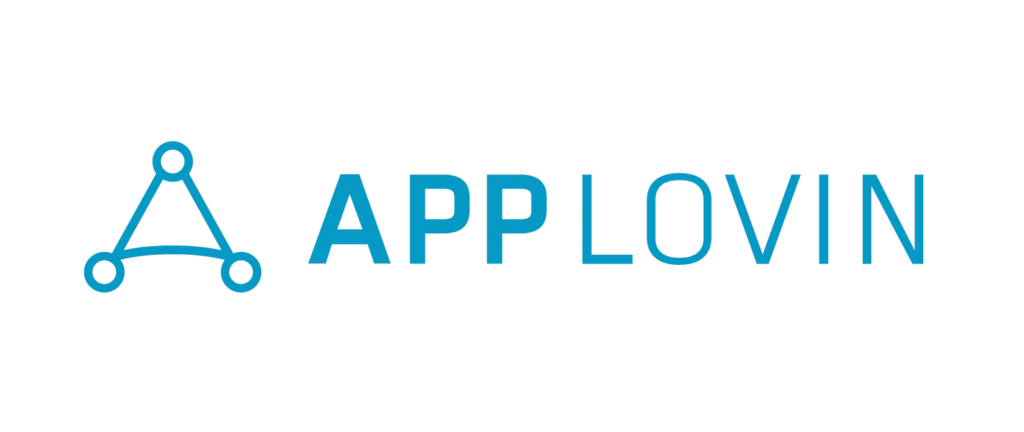Hi Everyone. If you’ve been enjoying Naavik Digest, consider forwarding this newsletter to a friend, colleague, or sharing on social media. Also, Naavik Pro is our premium research subscription offering, which is currently focused on F2P and Blockchain Games. Every month, we send out 8 weekly updates, 8 research essays and 4 game deconstructs — all equally split between the two content verticals. Sign up today and don’t miss out!
Roundtable: Is Transmedia the Next Mainstream Game Dev Strategy?
In this Metacast episode, Anil Das-Gupta, Abhimanyu Kumar and Tom Hammond, join your host Maria Gillies to discuss:
-
Transmedia as a Game Dev Strategy:
-
Xbox’s Plan for In-game Ads On F2P Games
-
Coda Payments’ Recent Raises $690m
-
Fortnite’s Zero Build Mode & The Implications for The Game’s Future
As always, remember to shoot us any questions, suggestions, comments, or feedback here.
In-Game Console Ads Are Coming
Source: Ad Age
Late last week, Microsoft announced that it is building an in-game ad platform for brands to advertise in Xbox games. Sources also reported that Sony is working on a similar offering, which is set to launch by the end of 2022. From the articles, the two companies plan to build private marketplaces where they can connect a curated set of brands to non-intrusive, in-game object ad slots in F2P games. Both companies also said that they would not be taking a cut. In-game ads for PC/console sounds like the dystopian future in Ready Player One. Perhaps they’re also just an inevitability.
As my friend Maxime notes: the F2P ad model demonstrated the potential to vastly expand the addressable user base by removing financial barriers to entry, a proven monetization model. Having aggregated demand — which games certainly provide — is the best path toward capturing attention. Let’s dig in to why these companies might have announced this and why the timing makes sense.
Didn’t Sony Just Announce a Subscription Offering, Why Ads?
With Sony’s upcoming subscription and Xbox’s 25M game pass subscribers, I’ll be the first to admit that ads weren’t on my mind as an immediate next step. Indeed, with web3’s mindset against ads, IDFA deprecation, and a move toward subscription (predictable revenue) in consumer, there’s a lot of reluctance around ads today. On the flipside of this spectrum, Amazon’s ad profit is now greater than AWS’s, a sign that perhaps every marketplace or subscription could leverage an ad-based monetization at scale.
The timing around these announcements is particularly interesting given current events with Netflix, which boasts over 200M+ subscribers and just recently announced its first subscriber loss in over a decade. It also hinted that it is considering adding a new tier for ads. Why would they do this? Ben Thompson’s Stratechery had great analysis on this:
"First, an advertising-supported or subsidized tier would expand Netflix’s subscriber base, which is not only good for the company’s long-term growth prospects, but also competitive position when it comes to acquiring content. This also applies to the company’s recent attempts to crack down on password sharing, and struggles in the developing world: an advertising-based tier is a much more accessible alternative.
Second, advertising would make it easier for Netflix to continue to raise prices: on one hand, it would provide an alternative for marginal customers who might otherwise churn, and on the other hand, it would create a new benefit for those willing to pay (i.e. no advertising for the highest tiers).
Third, advertising is a natural fit for the jobs Netflix does. Sure, customers enjoy watching shows without ads — and again, they can continue to pay for that — but filler TV, which Netflix also specializes in, is just as easily filled with ads.”
He goes on to say that scarce attention is one of Netflix’s greatest competitive advantage, a claim that is perhaps even more powerful for immersive experiences through Xbox, Sony, and third-party IP. As we also described in a previous piece, subscription and cloud gaming opens up new addressable markets for players across devices, subscription tiers, and more.
And while the point for Xbox and Sony isn’t to make a new ad-based tier, if we’re to learn anything from Netflix’s recent woes, it makes sense for Xbox and Sony — which are similar to Netflix’s subscription offering — to eventually pin down incremental revenue (if they ever start taking a cut!) by monetizing attention. The upper, ad-less tiers (subscription and one-time purchases) remain unchanged — however, importantly, ads can fit with existing single purchase or subscription models.
Ads On Console/PC Games?
Most of the ads will likely kickoff through F2P games on console, as they have more places to put immersive ads in-game and there’s precedent around in-game advertising. I’ll also add that F2P games are where the most players are (Fortnite, Rocket League etc.) and therefore those games are where brands want to be. As advertisement capabilities shifts to console / PC, there are a few considerations to note:
-
Ads in F2P vs. Console/PC: There’s an understanding by gamers that F2P games will carry ads, but that understanding isn’t necessarily there for AAA quality games – how will players react if ads are placed in these experiences? Since Xbox Game Pass already provides so much value as a bundle, these ads have to be very unintrusive to maintain a suspension of disbelief core to the game experience.
-
Data Collection: Vertical integration enables tighter control by Xbox and Sony that likely leverages existing ad infrastructure (e.g DSPs and SSPS) but it allows for greater control over the play experience. For example, it was reported that: “Sony is undecided on taking a cut of the revenue but it is considering charging developers and publishers for the data gathered from consumer activity on PlayStation. Sony is reportedly also being strict on which adtech companies can qualify for its program, as it wants to avoid firms that collect personal information from players.”
-
·Brands: One of my favorite quirks of video game advertising on F2P is that games often advertise other games in their own games to drive conversion. It’s a relatively untapped design space for brands to enter in and begin to advertise in-game. And for what it’s worth, brand advertising was tried back in 2010 during the Facebook games era. Now we’re seeing the same cycle repeat itself with metaverse games being all the rage. Will programmatic ads on new platforms drive the same results?
-
ROI: How do you even track ROI for in-game billboards? According to the press, Microsoft is currently identifying adtech inventories and agencies to work on in-games ads, and already delivers ads to Xbox media through Xandr. Only a small percentage of its games have biddable inventory for native ads but this is also where most of the players are anyway.
-
Developers: This will be a new business model option for developers. Developers can choose to plan for designing in-game objects that can surface ads (Xbox’s plan), and this has time/budget impact. Important to note is that this might lead to the development of more F2P games long-term.
There are a few companies involved in immersive in-game advertising: Admix ($25M Series B), Bloxbiz (acquired by Super League Gaming), Anzu ($20M raised in March 2022), PlayerWON, and 4D Sight. If it’s any leading indicator on how Sony / Xbox will perform or the appetite in this space, upstarts like Admix have 300 games, 150 publishers, and 1000’s of advertisers on its platform while Anzu secured funding from strategics like Sony, HTC, and NBC. No doubt there will be more to come as this space continues to grow, but I’m curious how these larger platforms will work with or in competition to existing options.
Why Now? And Concluding Thoughts
Sony and Xbox have both built spaces where people spend a ton of time and are fully engaged in the experience. If done correctly, in-game ads shouldn’t disrupt the sanctity of the experience. For advertisers, the demographic targeting, number of games, and a premium customer is a compelling sell.
In my opinion, this boils down to the fact that the two companies have built a robust platform and app / game marketplace where people like to spend their time. Xbox and Sony both have data on apps people download (Netflix, Hulu, etc), whether they subscribe or watch on their consoles, and additionally, data on who is playing what game. These two platforms will connect historically siloed data – i.e a game that only knows players within their games – across their games library to create a compelling reason for brand to advertise. And while there are still open questions around campaign attribution across devices, I expect Xbox and Sony will have no trouble filling both sides of the ads marketplace. (Written by Fawzi Itani)
🎮 In Other News…
💸 Funding & Acquisitions:
-
ProbablyMonsters announced a $250M Series A led by LKCM Headwater Investments. Link
-
Rario raised a $120M Series A to build out its NFT cricket platform, the second mega-round in the space. Link
-
Playable Worlds raised a $25M Series B in a round led by Kakao. Link
-
One More Games announced a $22M Series A led by Lightspeed. Link
📊 Business:
-
Drake Star reports that Q1 deals in gaming reached $98.7B. Link
-
Sony is also planning an in-game ads service. Link
-
According to Bloomberg, there’s preliminary interest in a buyout of Ubisoft. Link
-
Anime games generated $17B+ in 2021. Link
🕹️ Culture & Games:
-
Inside Epsilon, a mod for WoW. Link
-
The Nintendo of America contractors who feel like second class workers. Link
-
Games Studios x Earth Day. Link
👾 Miscellaneous Musings:
-
How to let a metaverse die. Link
-
Unity’s ESG report. Link
-
10 ideas to make P2E economies more sustainable. Link
🔥 Featured Jobs
-
Konvoy Ventures: Investment Analyst (Denver, CO)
-
Immutable: Sr. BD Manager — Gaming (Remote)
-
Immutable: Business Development Manager — Web3 Gaming (Remote)
-
Solana: Gaming Engineer — Blockchain/Web 3.0 (Remote)
-
Naavik: Content Contributor — Writer (Remote)
You can view our entire job board — all of the open roles, as well as the ability to post new roles — below.










